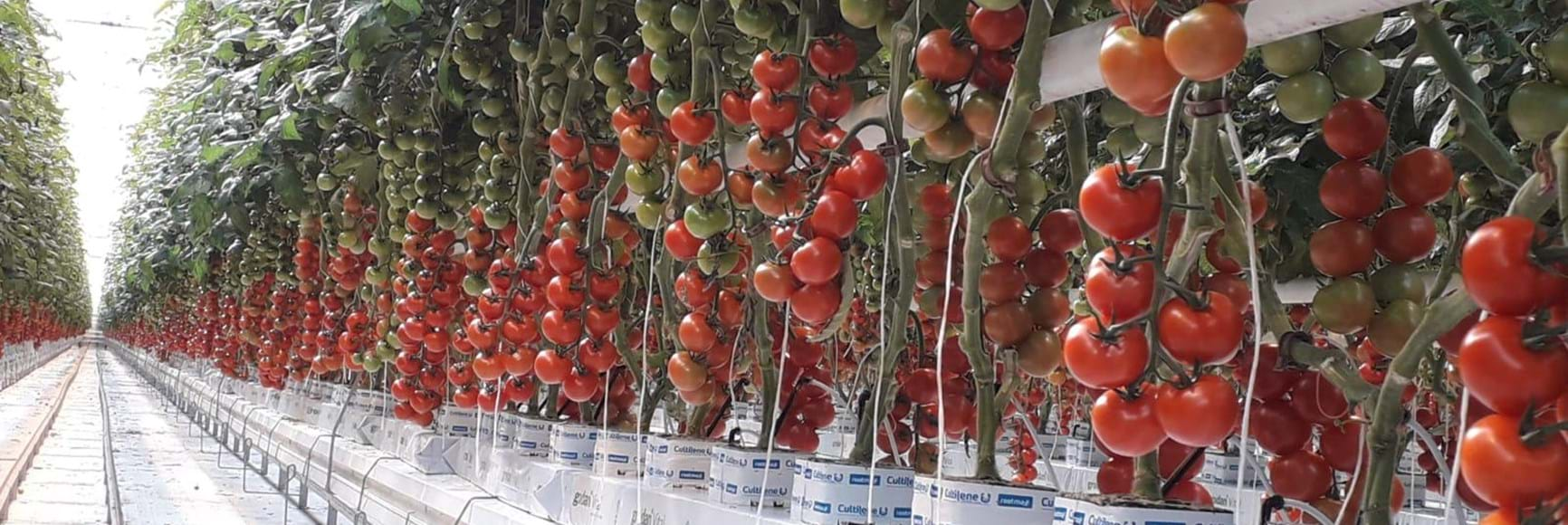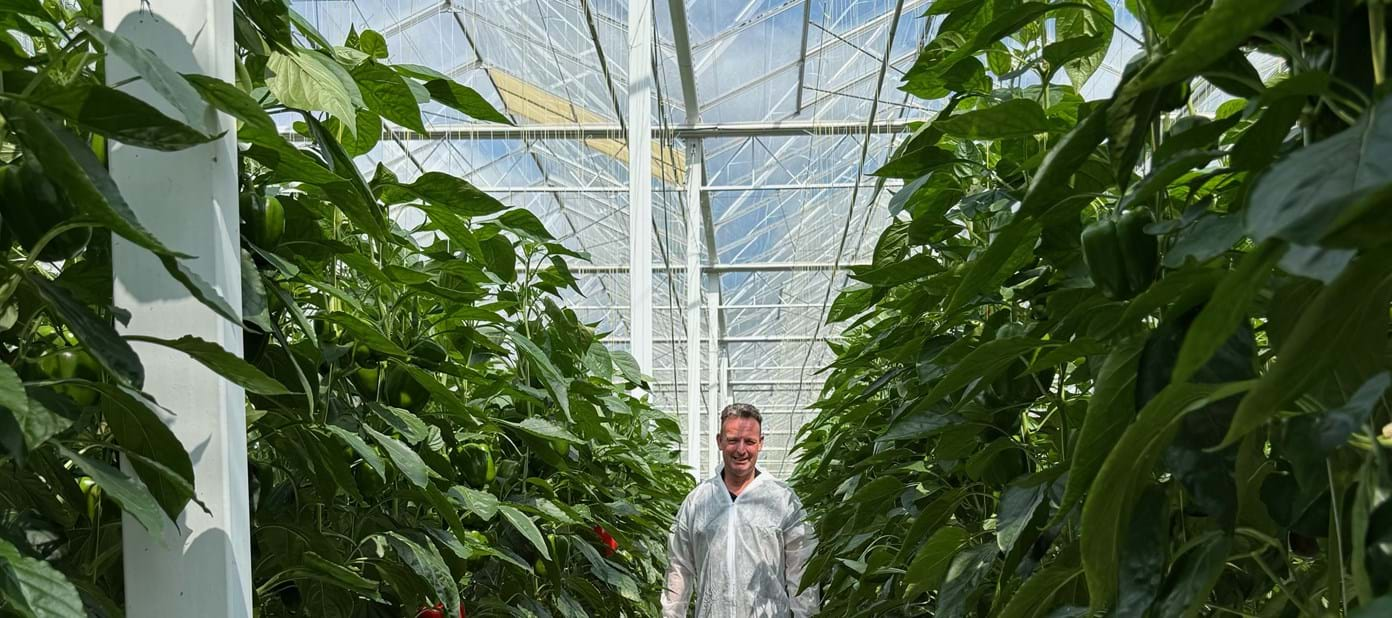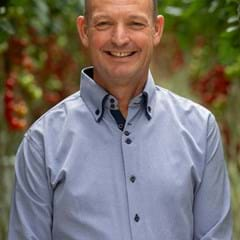Greenhouse horticulture is constantly in motion. No day is the same, and every year we must quickly adapt to new situations. Recently, I mainly see developments in the areas of lighting, hygiene, and robotization.
Lighting
More lighting capacity has been installed, but due to high energy prices, lights are more often switched off or dimmed. This is not always favorable for tomato production, but it is beneficial for other aspects, such as cost control. The higher lighting capacity has had positive effects on production and quality and additionally provides more flexibility in hours and adaptation to natural influences (radiation, far-red light, etc.).
There is also increasing counter-cyclical cultivation: for example, planting in summer and switching crops during this period as well. Starting with declining natural radiation usually doesn't yield the highest kilograms, but does provide a better average price. Additionally, there is increasing alignment with end-customer demand. Some growers choose to cultivate high-wire cucumbers from March/April to August. This demands a lot from the organization, but the major advantage is that crop rotation reduces disease pressure.
Water and Hygiene
Hygiene naturally remains crucial. Not all new resistant tomato varieties are as strong as hoped. With higher virus pressure, problems can still occur. The variation in resistance among varieties is sometimes large. Additionally, changes are sometimes significant - some varieties quickly bolt into vegetative growth, produce little, or don't yet achieve the desired quality. Fortunately, there are also varieties that perform well, but further development is definitely needed here.
Disinfecting all source water is becoming increasingly essential. This helps prevent diseases and viruses. However, the reservoir can still become contaminated after disinfection. Filter systems can also be sources of contamination without proper cleaning and/or timely replacement. Investigating water flows is becoming more common and thus more applied to monitor this as standard practice. I see good results with the use of ultrafiltration in combination with a cloth filter. The use of organic substrate also works well.
Measuring is Knowing
Sensors are increasingly being used. Measurements of radiation and outdoor humidity are now commonplace and provide valuable data. This spring there was much natural light and the outdoor temperature remained relatively low. As a result, screening was used for more hours because at lower humidity levels, the energy screen can remain closed longer without problems.
Unfortunately, new diseases or pests appear every year. What stands out: while the number of permitted chemical agents is decreasing, little use is still made of mechanical techniques. Think of vacuuming or blowing out whitefly, nesidiocoris, or nezara or other harmful insects. On the other hand, I do see fumigation increasingly applied by both plant propagators and growers.
Robots in the Greenhouse
Much is happening in the field of robotization, especially in internal transport and packaging. Robots for greenhouse work such as leaf picking, lowering, or harvesting do exist, but they often disappoint in terms of speed. Human labor input remains necessary there for the time being, but continued development in this area remains essential due to increasing labor costs. These are taking an increasingly larger share of the cost price.
What is also clear: there is a shortage of good crop managers. The workload is high, and this is often underestimated. Sensors and cameras over large areas then provide a solution — they provide peace of mind and overview. Due to this development, we see an increasing demand for online advice from our field. So we too, as advisors, are adapting to this latest development. Naturally, as a crop advisor, I also enjoy walking through the crop together with the crop manager. Proper interpretation of the crop with adjustments to climate, irrigation, and other factors, and seeing the delivered results of these efforts, remains simply the most beautiful thing there is.


